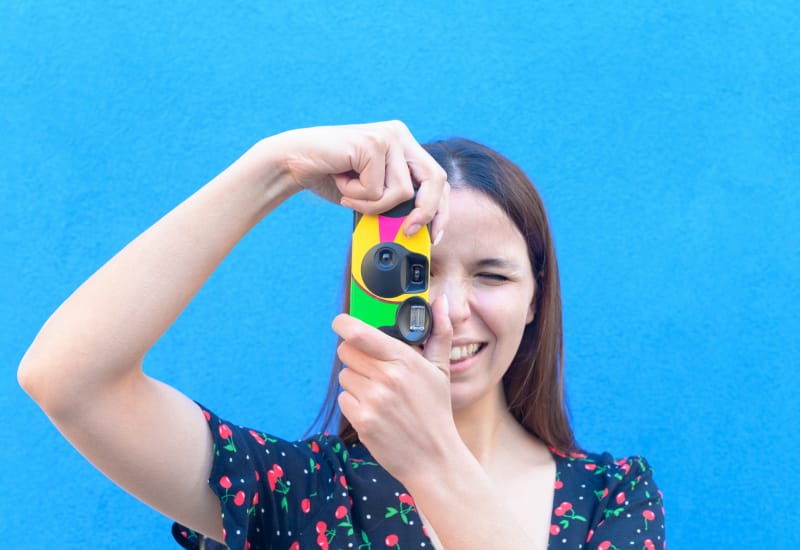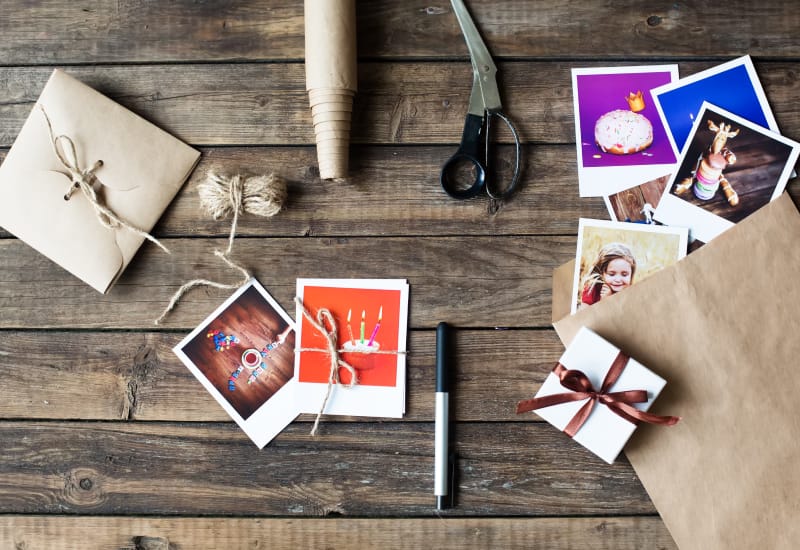What is a Cultural Probe?
A cultural probe is a research method used to gather insights and inspirations from the daily lives, experiences, and behaviours of the participants. It involves giving participants a package containing a set of open-ended prompts or activities to complete, like writing in a journal, taking photos, or completing tasks, and then analyzing that information upon its return.
The aim of a cultural probe is to gain a deeper understanding of people’s values, beliefs, and habits which can then be used to inform the design process in a way that is more deeply connected to what people truly want and need.

What do you need for a Cultural Probe?
TIME
MATERIALS
Some things you can include in a cultural probe are:
How do you perform a Cultural Probe study?

Step 1: Define the research goals and objectives
Determine with your stakeholders what you want to learn from the study and what questions you want to answer.
Step 2: Identify your target participants
Choose the group of people you want to study, taking into account factors such as demographic, cultural, and behavioural characteristics.
Step 3: Create the cultural probes
Create the prompts, tasks, and other materials that participants will use to gather information and insights. Ensure that the probes are designed to be engaging and relevant to your participants.
Step 4: Recruit the participants and hand out the cultural probes
Find and select participants who fit the criteria for the study, then provide them with their cultural probes and any other supporting materials.
Step 5: Wait as they generate data
Now you wait as your participants generate data with their cultural probes. This length of time will vary depending on the complexity of the cultural probes, the research goals, and your participant engagement levels. It could take anywhere from 1 week to a few months to collect this data.
Step 6: Collect the cultural probes and analyze the data
Analyze the returned data and look for patterns, themes, and insights that you can use to inform your design process and decisions.
Step 7: Communicate and evaluate the findings
Share the results of the study with your stakeholders and evaluate whether the research goals and objectives were met.
Tips for great Cultural Probes
